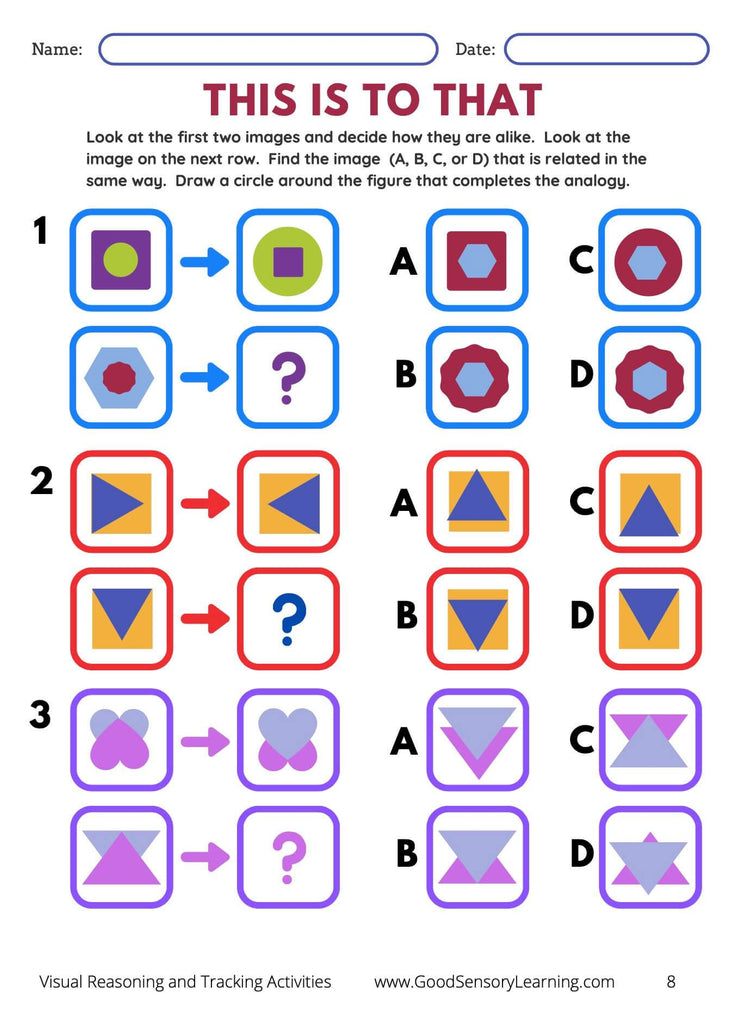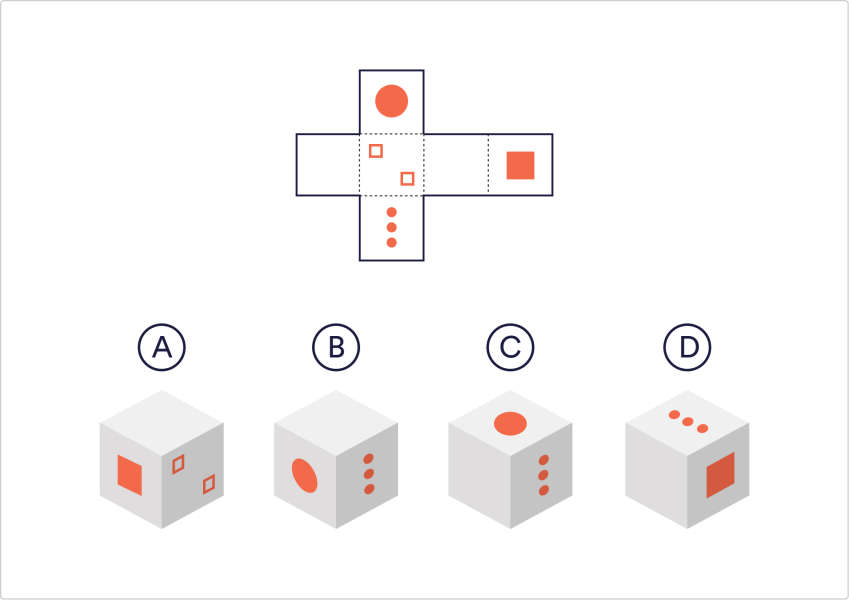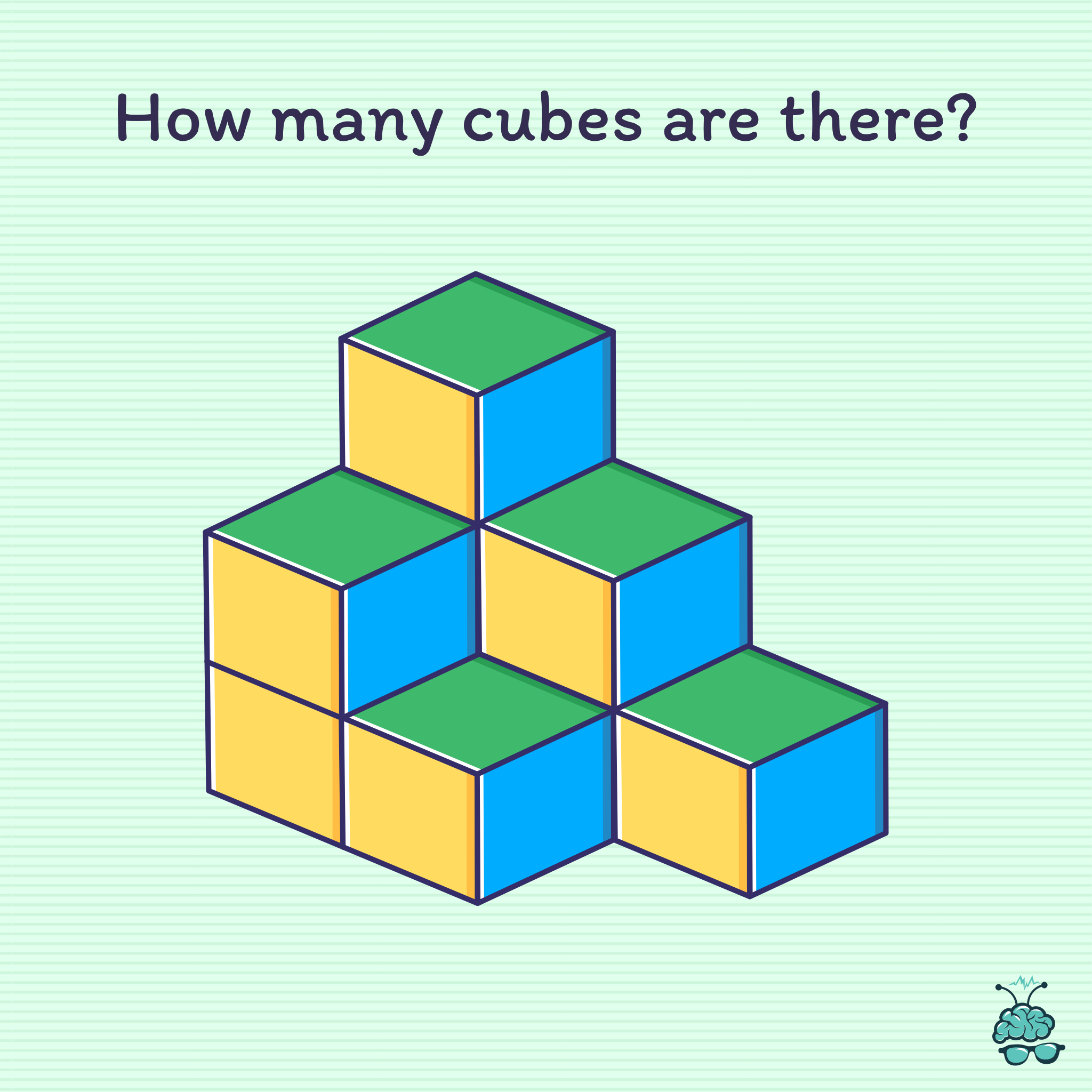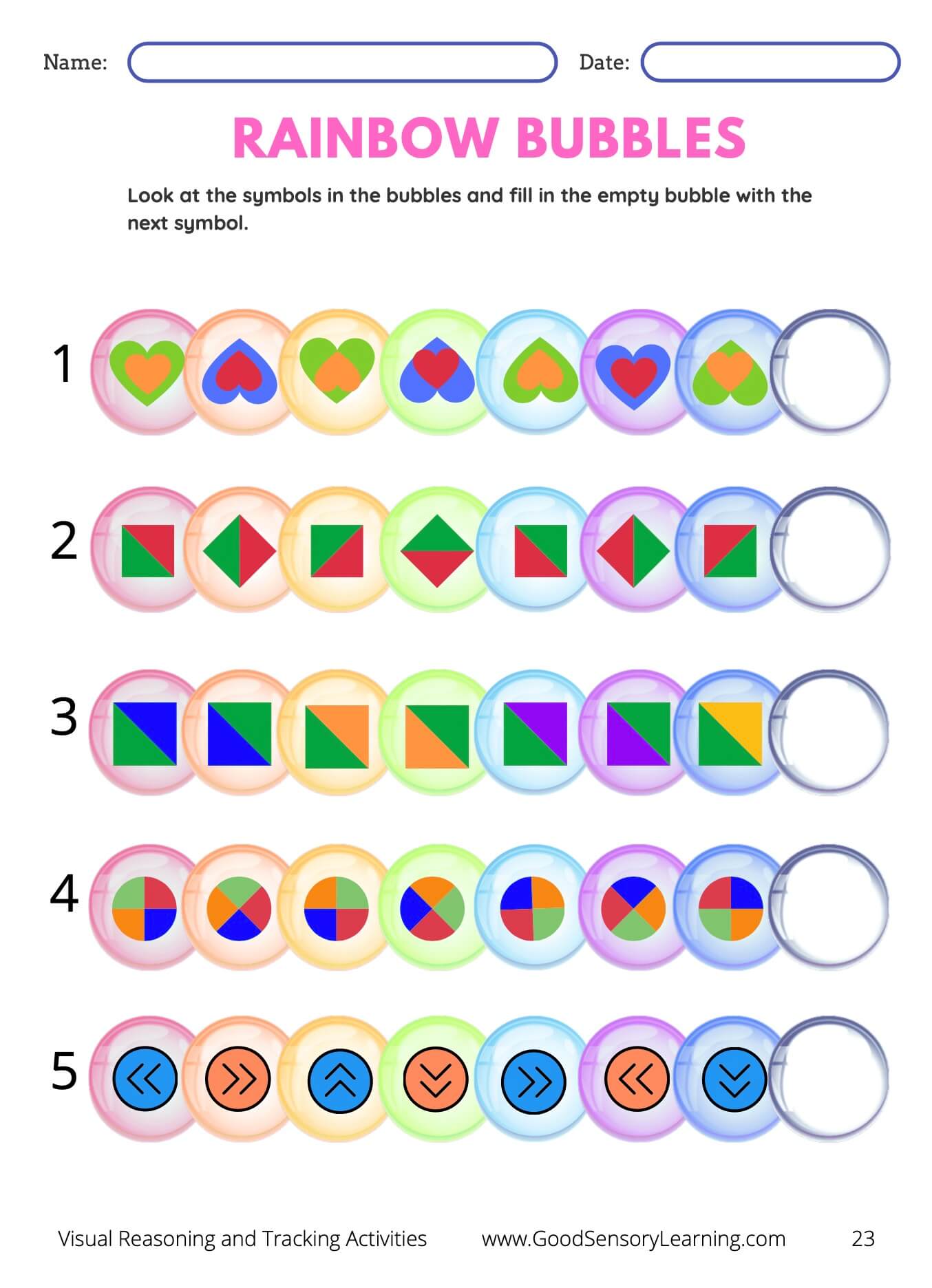The Evolution of Visual Reasoning: Exploring the Future of Four-Picture Puzzles in 2025
Related Articles: The Evolution of Visual Reasoning: Exploring the Future of Four-Picture Puzzles in 2025
Introduction
In this auspicious occasion, we are delighted to delve into the intriguing topic related to The Evolution of Visual Reasoning: Exploring the Future of Four-Picture Puzzles in 2025. Let’s weave interesting information and offer fresh perspectives to the readers.
Table of Content
The Evolution of Visual Reasoning: Exploring the Future of Four-Picture Puzzles in 2025

The world of mobile gaming is constantly evolving, with new trends and technologies emerging at a rapid pace. One genre that has consistently captured the imagination of players is the "four-picture puzzle" game. These games, often characterized by their simplicity and addictive nature, challenge players to decipher a common word or phrase based on four seemingly unrelated images. As we look towards 2025, it is evident that this genre is poised for significant advancements, driven by technological innovations and a growing emphasis on visual reasoning.
The Rise of Visual Reasoning:
The popularity of "four-picture puzzle" games can be attributed to their unique ability to engage players in a process of visual reasoning. Unlike traditional word games that rely solely on textual cues, these puzzles necessitate the player to analyze and interpret visual information, making connections between seemingly disparate images. This process taps into a different cognitive skill set, promoting creative thinking and problem-solving abilities.
Furthermore, the visual nature of these games makes them accessible to a wider audience, transcending language barriers and appealing to individuals with diverse learning styles. This accessibility has contributed to their widespread appeal, making them a popular choice for casual and hardcore gamers alike.
Technological Advancements Shaping the Future:
The future of "four-picture puzzle" games in 2025 is likely to be shaped by several key technological advancements:
- Artificial Intelligence (AI): AI will play a pivotal role in enhancing the game experience. Advanced algorithms can be utilized to generate more intricate and challenging puzzles, personalize gameplay based on individual skill levels, and provide dynamic feedback to players. AI-powered image recognition capabilities can also be integrated to analyze player responses and offer helpful hints when needed.
- Augmented Reality (AR) and Virtual Reality (VR): AR and VR technologies will introduce a new dimension to the game, immersing players in interactive environments where they can physically manipulate the puzzle elements. Imagine a scenario where players can physically rotate and rearrange images in a virtual space, or interact with virtual characters who provide clues and challenges.
- Gamification and Social Features: "Four-picture puzzle" games will leverage gamification principles to enhance engagement and motivation. This could involve introducing leaderboards, achievements, and social sharing features, allowing players to compete with friends and share their progress.
Beyond Traditional Gameplay:
While traditional "four-picture puzzle" games will continue to thrive, 2025 will witness the emergence of innovative variations that push the boundaries of the genre. Here are some potential trends:
- Interactive Storytelling: Puzzles will be integrated into narrative-driven experiences, where solving them unlocks new chapters, reveals hidden secrets, or influences the storyline. This approach will enhance the sense of immersion and engagement, blurring the line between gameplay and storytelling.
- Educational Applications: "Four-picture puzzle" games will find applications in educational settings, particularly in areas like language learning, vocabulary building, and visual literacy. These games can provide a fun and engaging way to reinforce concepts and develop critical thinking skills.
- Accessibility and Inclusivity: Games will be designed with accessibility in mind, incorporating features that cater to players with diverse abilities. This could include options for adjusting difficulty levels, using assistive technologies, and providing alternative input methods.
FAQs on the Future of Four-Picture Puzzles:
1. What will be the impact of AI on the future of "four-picture puzzle" games?
AI will play a significant role in enhancing the complexity, personalization, and engagement of these games. AI algorithms can generate more intricate puzzles, adapt difficulty levels to individual players, and provide dynamic feedback based on player performance.
2. How will AR and VR technologies influence the game experience?
AR and VR technologies will introduce immersive gameplay elements, allowing players to interact with the puzzles in a more physical and engaging way. Players could manipulate images in a virtual space, interact with virtual characters, or explore immersive environments that enhance the puzzle-solving experience.
3. Will "four-picture puzzle" games become more educational in the future?
Yes, these games have the potential to become valuable educational tools. They can be used to teach vocabulary, enhance visual literacy, and develop critical thinking skills in a fun and engaging way.
4. How will "four-picture puzzle" games address accessibility concerns?
Future games will incorporate accessibility features such as adjustable difficulty levels, assistive technologies, and alternative input methods to cater to players with diverse abilities. This will ensure that these games remain accessible to a wider audience.
Tips for Designing "Four-Picture Puzzle" Games in 2025:
- Focus on Visual Storytelling: Utilize images that evoke emotions, create narratives, or present intriguing scenarios. This approach will enhance the puzzle-solving experience and provide a more engaging and memorable gameplay.
- Leverage AI for Personalization: Utilize AI algorithms to personalize the difficulty level, provide hints based on player progress, and offer customized feedback. This will ensure that the game remains challenging yet rewarding for all players.
- Explore Immersive Technologies: Incorporate AR and VR technologies to enhance the visual and interactive aspects of the game. This will create a more engaging and immersive experience for players.
- Emphasize Accessibility: Design games that are accessible to players with diverse abilities. This could involve offering adjustable difficulty levels, using assistive technologies, and providing alternative input methods.
Conclusion:
The future of "four-picture puzzle" games in 2025 is bright. With the integration of AI, AR, and VR technologies, these games will become more complex, immersive, and personalized. They will also continue to evolve beyond traditional gameplay, incorporating elements of storytelling, education, and accessibility. As visual reasoning becomes increasingly important in our technology-driven world, "four-picture puzzle" games will play a significant role in fostering critical thinking, problem-solving, and visual literacy in individuals of all ages.








Closure
Thus, we hope this article has provided valuable insights into The Evolution of Visual Reasoning: Exploring the Future of Four-Picture Puzzles in 2025. We thank you for taking the time to read this article. See you in our next article!